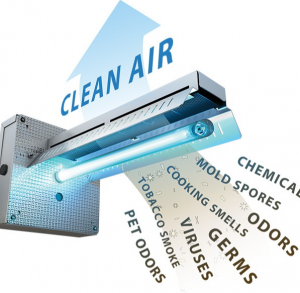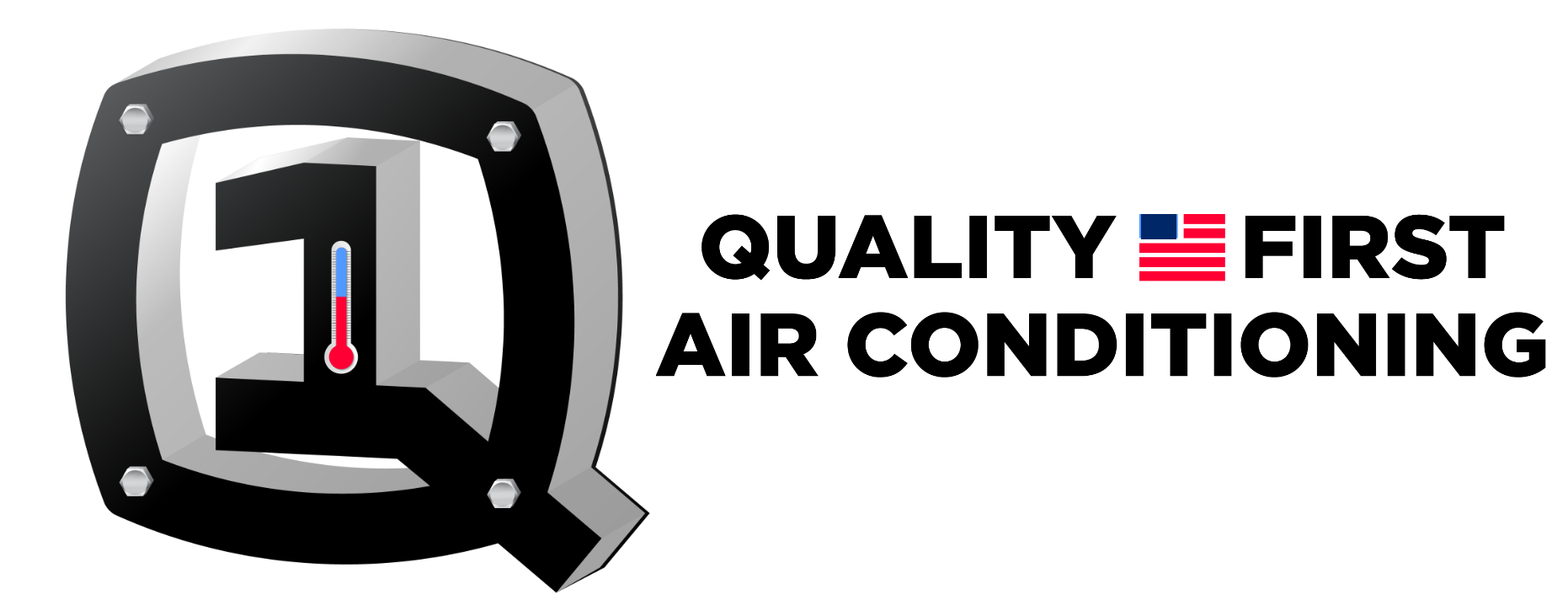INDOOR AIR QUALITY
Whether you live in an apartment, townhome or single family home, an old home or are building a new home, there are many ways to protect and improve your indoor air quality.
Indoor pollution sources that release gases or particles into the air are a primary cause of indoor air quality problems in homes. Inadequate ventilation can increase indoor pollutant levels by not bringing in enough fresh outdoor air to dilute emissions from indoor sources and by not carrying indoor air pollutants out of the home. High temperature and humidity levels can also increase concentrations of some pollutants.
Consider facts cited by the U.S. Environmental Protection Agency regarding the importance of IAQ:
- Americans, on average, spend approximately 90% of their time indoors, where the concentrations of some pollutants are often 2 to 5 times higher than typical outdoor concentrations
- People who are often most susceptible to the adverse effects of pollution (e.g., the very young, older adults, people with cardiovascular or respiratory disease) tend to spend even more time indoors.
- Indoor concentrations of some pollutants have increased in recent decades due to such factors as energy-efficient building construction (when it lacks sufficient mechanical ventilation to ensure adequate air exchange) and increased use of synthetic building materials, furnishings, personal care products, pesticides, and household cleaners.
Understanding Indoor Air Quality
Health Impacts
Poor indoor air quality, caused by pollution and environmental tobacco smoke, can lead to various health issues, diseases, and pollutants. Symptoms like headaches, fatigue, and dizziness may indicate poor IAQ. Respiratory problems such as asthma can worsen due to indoor pollutants and environmental tobacco smoke. Identifying these symptoms is crucial for addressing potential health risks related to smoking.
Immediate Effects
Short-term exposure to indoor pollutants, such as air pollution and environmental tobacco smoke, can cause immediate health effects. Breathing difficulties, throat irritation, and allergies are common indicators of poor IAQ and indoor air quality problems. Daily well-being can be affected by indoor air quality and pollution, impacting productivity, comfort levels, and health effects. Recognizing signs of immediate exposure is essential for taking prompt action to minimize risk.
Long-Term Consequences
Prolonged exposure to indoor pollutants such as air pollution, pesticides, and asbestos can result in chronic health implications. Conditions like lung cancer and heart disease have been linked to long-term poor IAQ and indoor air pollutants. Extended exposure to indoor contaminants, including air pollutants, can significantly impact overall health, emphasizing the importance of maintaining a healthy indoor environment. Understanding these potential diseases is crucial for preventing long-term health complications.
Causes of Air Problems
Primary Causes
Indoor air quality problems stem from various sources, including poor ventilation and combustion appliances. These can lead to a buildup of indoor pollutants. Everyday activities like cooking, cleaning, and smoking can also contribute to poor IAQ, leading to indoor air problems.
Factors such as moisture, dust, pet dander, asbestos, and pesticides play a significant role in degrading indoor air quality. Inadequate ventilation systems fail to circulate fresh air properly, leading to the accumulation of pollutants indoors, which can have health effects. Understanding these factors is crucial for improving IAQ.
Pollutant Sources
Indoor air pollution can originate from sources like tobacco smoke, mold, household cleaners, and pesticides. Building materials such as paint, flooring, and furniture can emit volatile organic compounds (VOCs), impacting IAQ negatively.
Everyday items like air fresheners, candles, and even personal care products release harmful chemicals including formaldehyde into the air. Being aware of these sources such as air pollution and pesticides is essential for minimizing exposure to indoor pollutants and health effects.
The best way to eradicate possible airborne viruses is by doing the following:
- Open all drapes, blinds, curtains, and shades to get the sunshine in
- Open windows to get a flow and exchange of fresh outside air
- Partner with the team at Quality First Air Conditioning


























